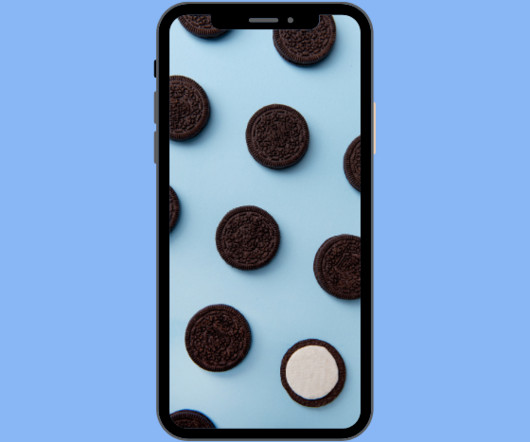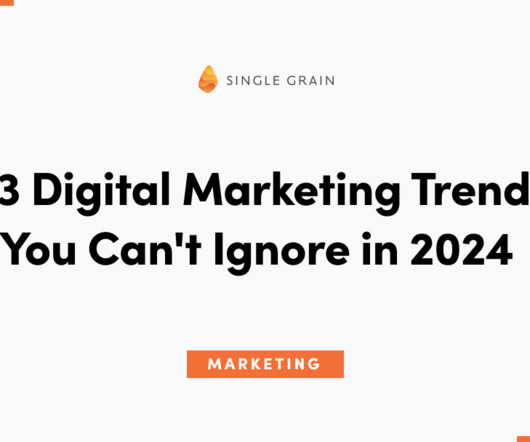The cookieless mobile world: how advertisers can stay competitive
illumin
MARCH 5, 2024
Marketers are gearing up for the cookieless mobile era. The digital media scene has had a shake-up since 2024 began. These cookies contain information such as unique user IDs, the site’s name, login details, language preferences, and more. There are two variations: first-party cookies and third-party cookies.











Let's personalize your content